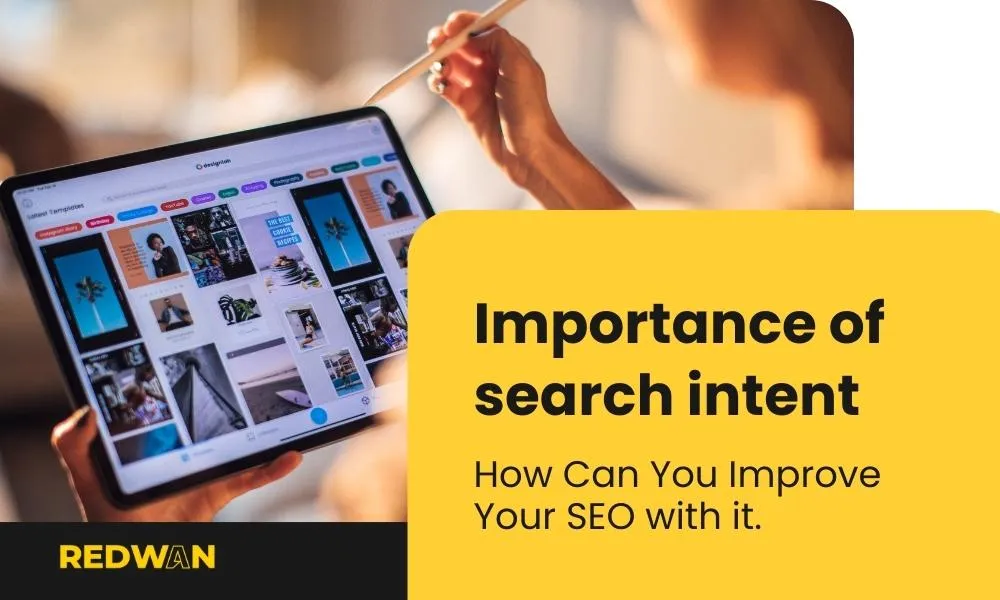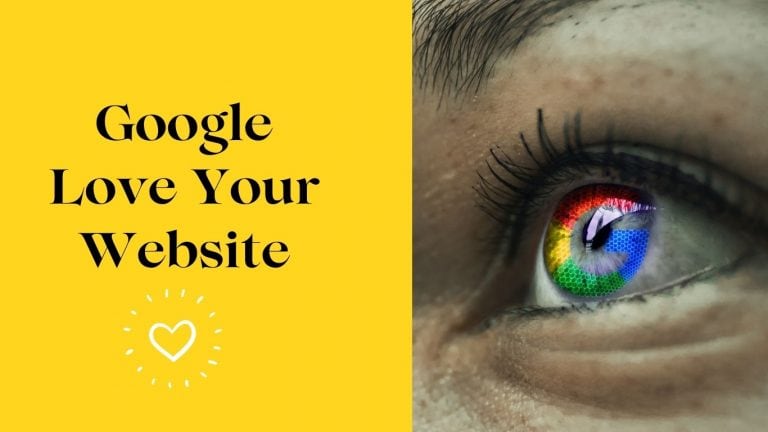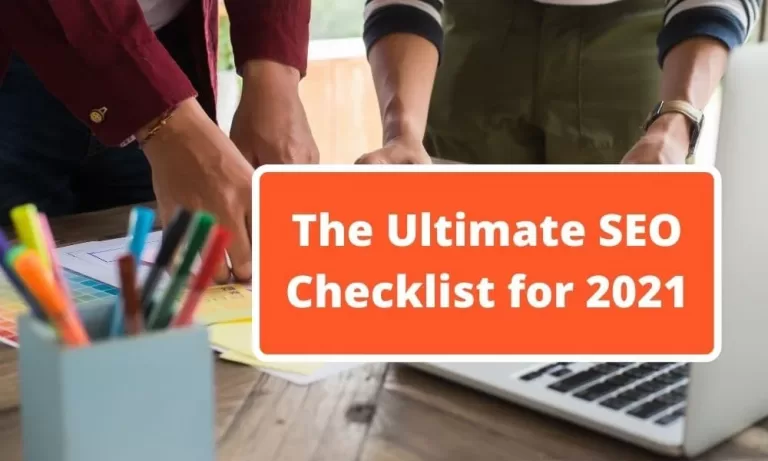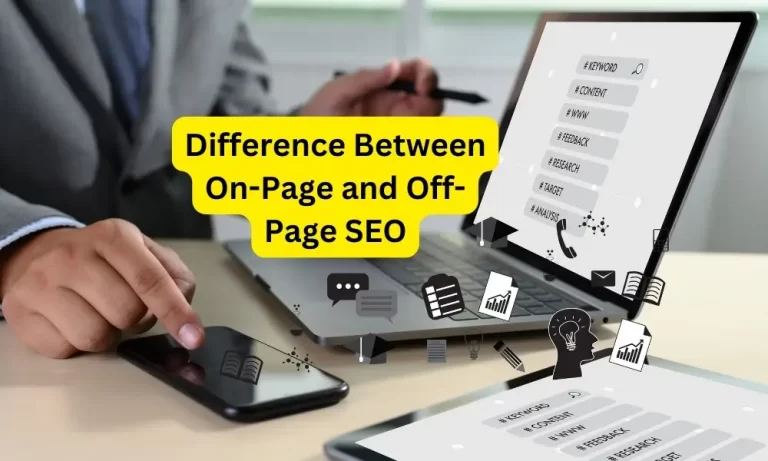The importance of search intent in improving your website’s SEO

As an online business, you want to ensure that your website ranks high in search engine results pages (SERPs).
One of the most important factors that can help you achieve this is understanding search intent.
Search intent refers to the reason why a user conducts a search and the type of content they expect to find.
By understanding search intent, you can optimize your website content to meet the user’s needs and improve your SEO.
Understanding Search Intent
The Four Types of Search Intent
There are four main types of search intent: informational, navigational, transactional, and commercial.
- Informational: This type of search intent is when a user is looking for information on a specific topic. For example, “How to lose weight.”
- Navigational: This type of search intent is when a user is looking for a specific website or web page. For example, “YouTube“
- Transactional: This type of search intent is when a user is looking to purchase a product or service. For example, “Buy a new laptop.”
- Commercial: This type of search intent is when a user is researching a product or service before making a purchase. For example, “Best laptops for gaming.”
User Intent and Keywords
Understanding user intent is crucial in determining the right keywords to use in your content. The keywords you use should align with the user’s intent.
For example, if the user is looking for information, your content should focus on answering their questions rather than trying to sell a product.
How to Analyze Search Intent
To analyze search intent, you need to look at the top-ranking pages for your target keyword. Examine the type of content they offer, the format they use, and the keywords they use.
This will give you a better understanding of the type of content that ranks well for your target keyword and the user’s intent behind the search.
How Search Intent Affects SEO
Matching Content to Search Intent
Matching your content to the user’s intent is crucial in improving your SEO. If a user is searching for information, your content should provide valuable information.
If a user is looking to purchase a product, your content should focus on product features, benefits, and pricing.
Using Keywords in Content
Using the right keywords in your content is important for SEO. However, it’s equally important to ensure that the keywords you use match the user’s intent.
This will help you attract the right audience and improve your chances of ranking higher in SERPs.
Crafting Content for Search Intent
Crafting content that meets the user’s intent is crucial in improving your SEO. Your content should provide value to the
user, whether it’s through informative articles, product descriptions, or helpful reviews.
This will help establish your website as a credible source of information and improve your chances of ranking higher in SERPs.
Tips for Improving SEO with Search Intent
Conducting Keyword Research
To create content that aligns with user intent, you need to conduct thorough keyword research.
Use tools like Google Keyword Planner and SEMrush to find relevant keywords that match the user’s intent.
Look for long-tail keywords that have low competition but high search volume to attract the right audience.
Understanding User Behavior
Understanding how users behave when conducting searches is crucial in optimizing your website for search intent.
Analyze user behavior through tools like Google Analytics to determine the type of content they engage with and the search terms they use.
Use this information to create content that meets the user’s intent and engages them.
Creating Quality Content
Creating quality content is key to improving your SEO with search intent. Your content should be informative, engaging, and meet the user’s intent.
Use a mix of text, images, and videos to create a visually appealing and informative experience for the user.
Ensure that your content is easy to read, well-structured, and free from errors.
Optimizing for Mobile Devices
Mobile optimization is crucial in improving your SEO with search intent. With more users accessing the internet through mobile devices, it’s important to ensure that your website is mobile-friendly.
Optimize your website for mobile devices by using responsive design, optimizing images, and reducing page load times.
Using Analytics to Track Search Intent
Analyzing user behavior through tools like Google Analytics is important in understanding search intent.
Use analytics to track user behavior, identify high-performing keywords, and determine the type of content that engages users.
Use this information to create more targeted content that meets the user’s intent.
Common Mistakes to Avoid
Focusing Only on Keywords
Focusing only on keywords and not considering user intent is a common mistake in SEO.
While keywords are important, they should be used in a way that aligns with the user’s intent.
Avoid using keywords excessively and prioritize creating content that provides value to the user.
Ignoring User Experience
Ignoring user experience is another common mistake in SEO.
Your website should be easy to navigate, fast, and visually appealing.
Ensure that your website is mobile-friendly and provides a seamless experience for the user.
Ignoring Analytics
Ignoring analytics is a mistake that can hinder your SEO efforts.
Analyze user behavior through tools like Google Analytics to determine the type of content that engages users and the search terms they use.
Use this information to optimize your website for search intent and improve your chances of ranking higher in SERPs.
FAQs
Conclusion
Understanding search intent is crucial in improving your SEO efforts.
By aligning your content with the user’s intent, you can attract the right audience, establish your website as a credible source of information, and improve your chances of ranking higher in SERPs.
Use the tips outlined in this article to create content that meets the user’s intent, improve your website’s performance, and achieve your SEO goals.






